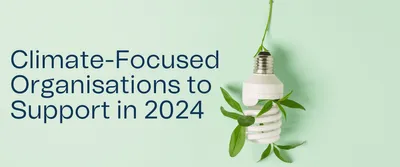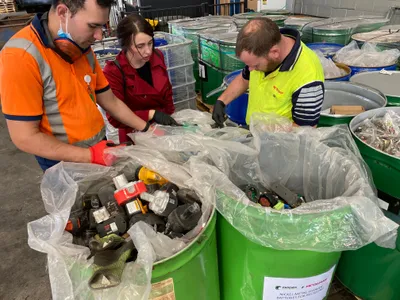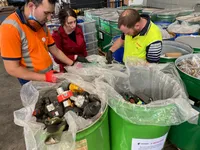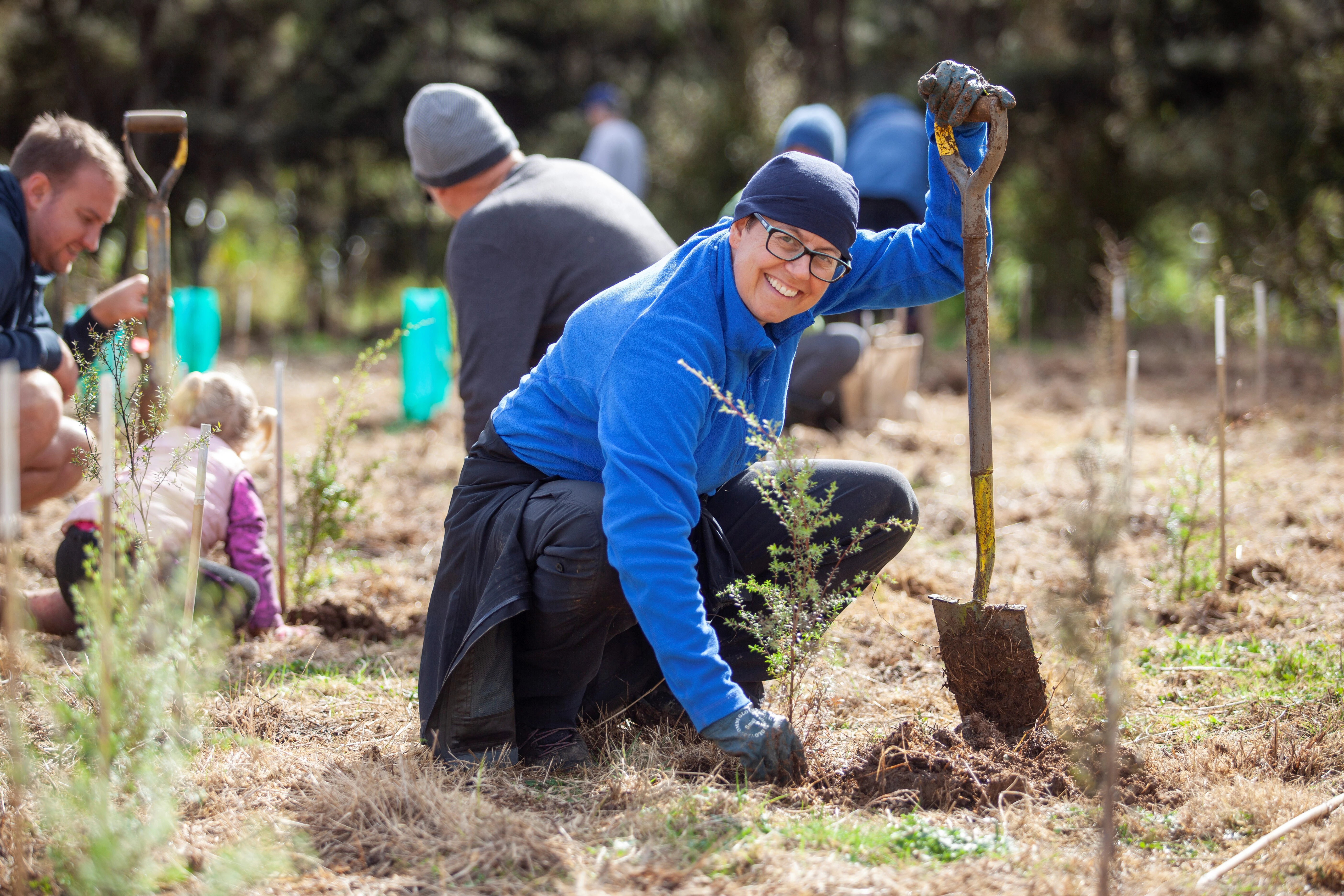Waiheke High School is Moving to Solar Power!
11/07/2023
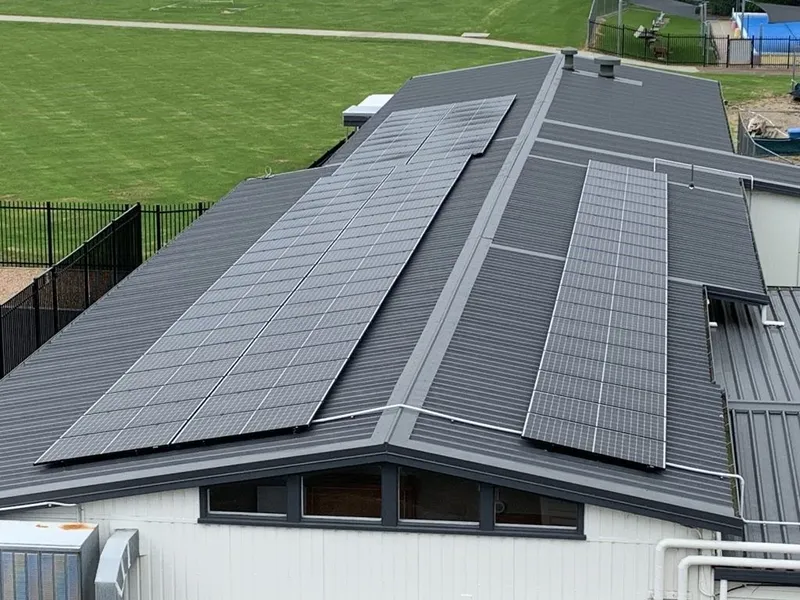
Waiheke High School are leading the pack on sustainability, installing ~200 solar panels to help power their students learning. Not only are they powered by Toitū climate positive certified electricity from Ecotricity, they are now going to be generating almost half of their own required electricity with solar panels from Energy Alternatives Waiheke.
Here is their June 2023 press release:
Last year we were approached by a member of the community and asked whether we had considered Solar power for our school. This started an intensive period of research and resulted in the school management making a recommendation to our Board late last year to move forward with installing a solar power system.
Principal Mikaere October says, “This initiative is an opportunity for Waiheke High School to contribute to a sustainable future and is something tangible we can do to support our sustainable community and educate our ākonga. Also, we want to support our student led sustainability group to further their efforts which to date have included school wide composting and a restructured rubbish and recycling collection.”
Solar is well suited to Schools
Most of our power usage is during daylight hours making the site more efficient than regular households. We also have large roof areas with a northerly aspect.
How much do we expect to save?
We engaged an independent consultant to conduct a solar study for our site. The results of our solar study have indicated that we need a Solar system:-
1. PV System Size is 75 kWp
2. Will generate 37.6% of our electricity requirements
3. Approximately 200 solar panels
4. Will save the school over $14,000 per annum
5. The projected payback would be less than 10 years – that would obviously reduce substantially if we could fundraise money towards the project.
Procurement Evaluation
Using the results of our study we asked two larger Solar companies and a locally based company to quote for the supply and installation of a Solar system. Having the study results meant we could compare apples with apples which made the evaluation much easier. We ended up using a local company which has the added benefits of local on-going support if required.
Our fundraising campaign
The project was kickstarted by a generous donation from a member of our community. We then launched a campaign to help fundraise further money towards the initial cost of the system. More information here.
People were able to sponsor panels and we provided donation receipts. We have been able to fundraise approx. 50% of the project cost to date.
What will we do with the money we save on our electricity bills?
Any savings we make can be directed back into teaching and learning.
We will generate more power than we need.
We will be generating power that we can’t use during weekends and school holidays. We are looking at local power sharing arrangements as well as options to sell power back to the grid.
Are you solely dependent on Solar power?
No. We will continue to use power from the grid when we are not generating enough solar power.
What convinced us to go ahead with this project?
Waiheke High School is proud to develop our own sustainable source of energy. Like everyone we expect our power use will grow and this enables us to supply some of our own power and reduce our future electricity bills.
How will you involve the students in this project?
Waiheke High School is part of the Enviroschools programme and has an active Sustainability group. The school will have a working example of renewable energy generation from which we can teach our tamariki about the science and technology involved with Solar power generation.


